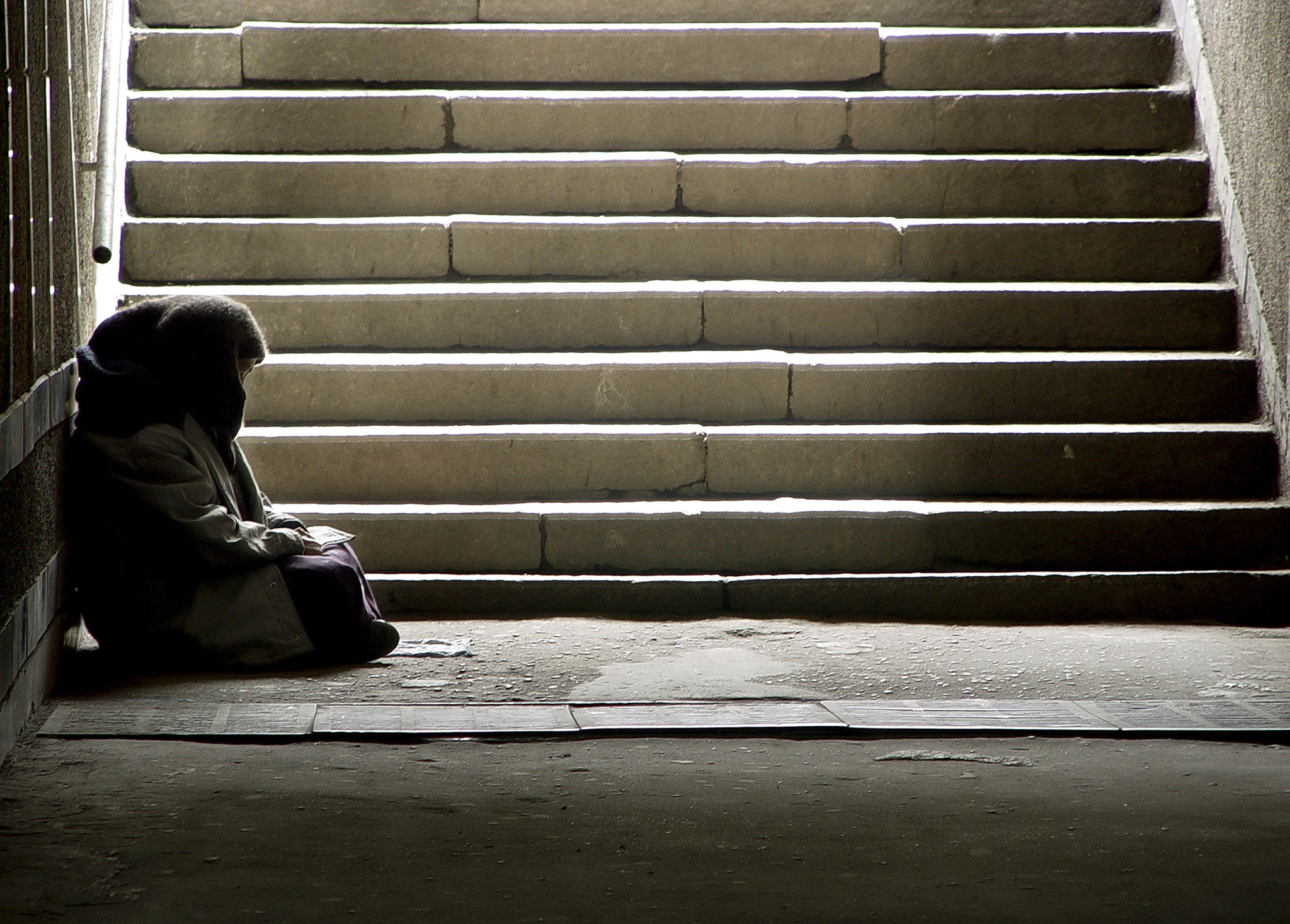How Weather Impacts Homeless Women: Seasonal Challenges and Solutions
The Impact of Weather on Homeless Women
Weather conditions significantly affect the daily lives of homeless women, presenting unique challenges that vary with each season. From the sweltering heat of summer to the biting cold of winter, the elements can exacerbate the already difficult circumstances faced by those without stable housing. Understanding these seasonal challenges is crucial in developing effective solutions and support systems.

Winter: Battling the Cold
Winter is often the most perilous season for homeless women. Plummeting temperatures and harsh weather conditions can lead to severe health issues such as hypothermia and frostbite. The lack of adequate shelter during this time puts women at a heightened risk of life-threatening situations.
To combat these dangers, many cities open temporary shelters during the coldest months. However, these facilities often have limited capacity, leaving many women to brave the cold. Community support and donations of warm clothing, blankets, and other essentials are critical during this time.

Summer: Coping with Heat
While winter poses a threat of freezing temperatures, summer brings its own set of challenges. Homeless women must endure extreme heat, which can lead to dehydration, heatstroke, and other heat-related illnesses. The lack of access to shade or air-conditioned environments exacerbates these risks.
Access to water becomes a pressing issue during the summer months. Many organizations work tirelessly to distribute bottled water and provide cooling centers where individuals can escape the heat. These efforts are essential in preventing heat-related complications.

Spring and Fall: Transitional Challenges
Spring and fall offer a reprieve from the extremes of winter and summer, yet they present their own challenges. Unpredictable weather patterns, such as sudden downpours or unseasonably warm days, can create difficulties for homeless women trying to secure shelter or plan for their day-to-day needs.
During these transitional seasons, having access to reliable information about weather forecasts can help homeless individuals prepare and adapt. Providing weather-resistant clothing and gear can significantly improve comfort and safety.
Long-Term Solutions
While seasonal solutions are necessary for immediate relief, long-term strategies are needed to address homelessness among women comprehensively. Affordable housing initiatives, mental health services, and employment programs are vital components of a sustainable approach.
Communities must come together to advocate for policy changes that support these initiatives. By addressing the root causes of homelessness, we can create a safer environment for vulnerable populations throughout the year.

Community Involvement
The role of the community in supporting homeless women cannot be overstated. Volunteers, local organizations, and government agencies all play a part in providing essential services and resources. From organizing clothing drives to volunteering at shelters, community involvement is a powerful tool in mitigating the impact of weather on homeless women.
Raising awareness about the specific challenges faced by homeless women during different seasons encourages more targeted support efforts. By understanding their unique needs, we can foster a more inclusive and compassionate society.

